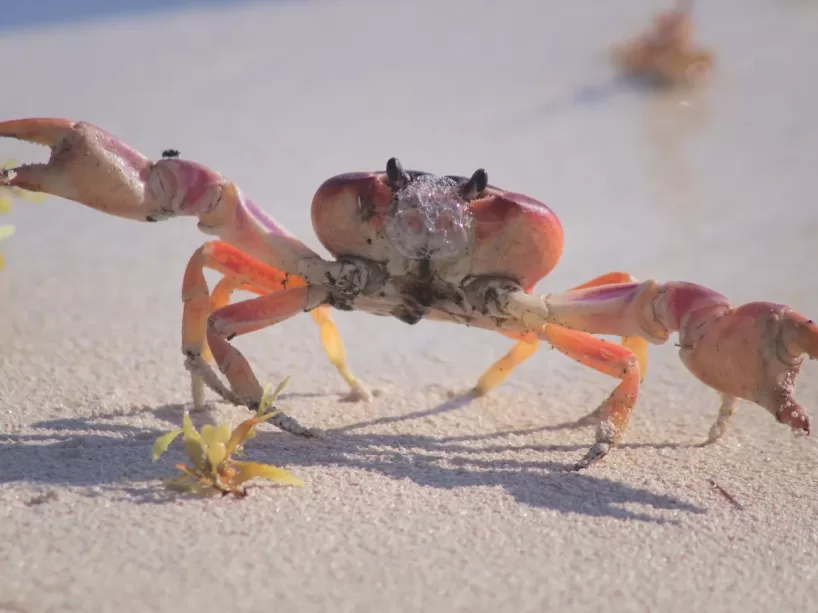The world beneath the ocean's surface is a realm of wonder, teeming with countless diverse and extraordinary species. Among the vast array of marine creatures, decapods - a group of crustaceans with ten legs - have captured the attention of scientists and enthusiasts alike. While decapods encompass various crustaceans such as shrimps, lobsters, and crayfish, one particular branch of their evolutionary tree has consistently intrigued researchers—the captivating evolution of decapods into crabs. This article delves into the intriguing world of decapod evolution, shedding light on why these fascinating creatures continue to transform into crabs.
Decapods: A Diverse Group:
Decapods have evolved into a remarkably diverse group of crustaceans, occupying an assortment of marine environments worldwide. Their evolutionary success can be attributed to various factors, including their versatile body plans, adaptive behaviors, and ability to exploit a wide range of ecological niches. However, the unique evolutionary path leading to the emergence of crabs has puzzled and fascinated scientists for centuries.
Crustacean Metamorphosis: One crucial aspect of decapod evolution is their ability to undergo metamorphosis, transforming from larvae into adults through a series of distinct developmental stages. This complex process provides decapods with the opportunity to adapt to diverse ecological niches, often resulting in remarkable evolutionary changes. As decapods progress through their life cycle, the potential for morphological and physiological alterations becomes evident, with some individuals ultimately developing into crab-like forms.
Ecological Advantage of Crabs:
Crabs, with their distinctive body shapes, exhibit a remarkable array of adaptations that offer substantial ecological advantages. The evolution of a compact, laterally compressed body, powerful claws, and a modified walking pattern has allowed crabs to exploit various ecological niches more efficiently. The flattened body shape enables crabs to squeeze into crevices and hide from predators, while their powerful claws aid in capturing prey and defending against potential threats. The modified walking pattern of crabs, with legs positioned laterally, enhances their ability to move efficiently along the ocean floor, contributing to their remarkable agility and versatility.
Adaptation to Changing Environments: The evolutionary shift towards crabs also highlights the adaptability of decapods to changing environments. As decapods explore different habitats and encounter distinct ecological pressures, the evolutionary forces shape their bodies and behaviors accordingly. Crabs have successfully colonized many habitats, from shallow coastal waters to deep-sea trenches, from freshwater rivers to tropical rainforests. This adaptability has contributed to their widespread distribution and success in diverse ecosystems around the world.
Evolutionary Drivers:
While the exact mechanisms driving the transition from decapods to crabs are still being studied, several factors have been proposed. One theory suggests that the acquisition of the crab-like form could provide advantages in predation, defense, and reproduction. Another hypothesis suggests that the evolution of crabs may be linked to changes in larval development, such as the suppression of certain stages or the acceleration of metamorphosis.
Evolutionary Convergence: It is important to note that the evolution of crabs from decapods is an example of evolutionary convergence. Convergence refers to the independent evolution of similar traits in unrelated lineages, driven by similar ecological pressures. In the case of decapods, diverse lineages have converged upon the crab-like body plan due to the numerous advantages it offers in their respective habitats.







